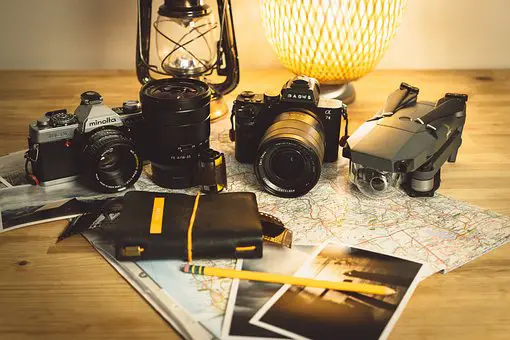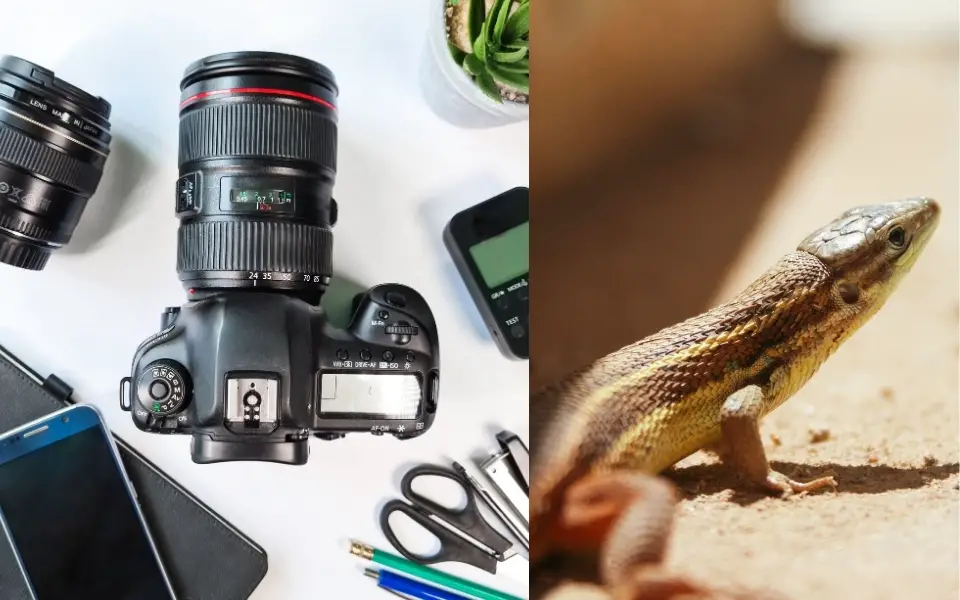Everyone has seen pictures of animals, be it in magazines or books, we are able to get these beautiful shots because of wildlife photography tips and tricks which enable photographers to take aesthetic pictures.
Whilst photography is a tasking job in itself, it is a known fact there are multiple genres of it which vary in difficulty. One of the most challenging types of photography is said wildlife photography.
This particular genre of photography not only needs good photography skills and adequate equipment, but it also requires a lot of technique and adequate knowledge about the animals that you will be taking pictures of.
Here are a few tips and tricks that will help you to understand this better.
01. The Right Camera

It is best to choose cameras that can be set manually according to the weather to be able to have optimum picture in an unfavorable situation. Interchangeable cameras and the Mid and Pro level models of SLRs and Mirror-less cameras are a very good choice as they are both protected and the settings can be changed manually.
While cameras with these features can be a bit more expensive than the ones one would buy for other types of photography, it is absolutely worth it as it is more than likely that the end result will be amazing.
02. The Appropriate Lenses

Wildlife photography requires distance photography more often than not and the best lens for that function are telephotos lenses as they have great range of distance without disrupting the quality.
It is recommended to use the ones that have an additional feature (Optical Stabilization) that can reduce the shakiness effect that a manual camera will inevitably have but an easy fix for that can also be to just use a good and sturdy tripod and take pictures with high shutter speed.
Macro lenses are a sensible choice as well if you are going to be taking close ups of insects.
However, original telephotos lenses tend to cost a lot, which is a major disadvantage for photographers especially students or beginners but thankfully plastic telephotos lenses are readily available anywhere which are considerably cheaper and also produce a decent quality photo.
Another way could also be to use a normal lens but attach them backwards to your camera. But photographers always did not depend on their cameras. A few times they depended on Photoshop to remove blemish from the image. Sometimes they need shadow for an animal so Photoshop is the tool which can do shadow creation very perfectly.
03. Protective gear

A very important aspect that should be, in no way, neglected is protection- for both the photographer and the equipment. For this, the photographer should have all the information of the environment and the climate of the location they are going to be shooting in.
For example, a large hat can be used for rainy or sunny weather, it is preferable that the hat has a face net if you are in a warm climate. Similarly, big raincoats or waterproof tents are excellent with places that have heavy downpour to protect yourself and your machinery whilst adequate warm clothes for a very cold environment.
It is vital for every wildlife photographer not to be afraid to go out on bad weather days or harsh conditions, oftentimes you will find, you will get your best pictures from those experiences.
04. Right Camera Settings
It is a given that choosing the right settings for your camera and your photography is one of the top most essentials of photography rules.
Changing the settings heavily depend on the conditions that the camera is going to be under during the shooting, hence the photographer is strongly advised to be very well versed in the type of camera they own and how those can adapt to the environment. And here color settings are very much important this why make sure camera settings are perfect, otherwise have to do color correction after taking pictures.
Some common setting changes can be to set the ISO to low for lighting, use shutter speed or adjust focus in accordance with your desired effect on the pictures.
05. Using a strong tripod
Reiterating what was said earlier, a sturdy tripod is very important if you do not want the pictures to look shaky or blurry which is a very real possibility if you are just using your hands to keep the camera steady.
It is also crucial to remember to get tripods that will let you take pictures and move the camera to get multiple angles. This is the one piece of gear that should have a bit of budget spent on because it is not only helping the camera quality but is also protecting the camera from falling and being damaged.
06. Have adequate information about the animal
The most basic point but also the most complicated one is to be able to know how to handle the animal being around you. Animals easily get scared, so you have to be very stealthy on your feet as well as with your around gear to not make them run away.
One thing you can do to successfully not startle the animals is to practice in neighborhoods and zoos first and then move on to the wilderness. Or another thing that can be done if possible is to build a rapport with the animals by perhaps feeding them their preferred diet or making friends with them.
Like with any other thing, patience is key and in this case it is especially true. Animals will come out on their own time, so you are going to have to be patient in order to get your perfect shot.
Look for locations that suit your photography style and equipment and then work forward from that. Be sure that you are not rushing the shots, keep a calm head and use basic rules of photography, like the “Rule of Composition”.
Remember this particular genre of photography can take a long time to get good at as it requires skill and experience, so don’t give up on it.







